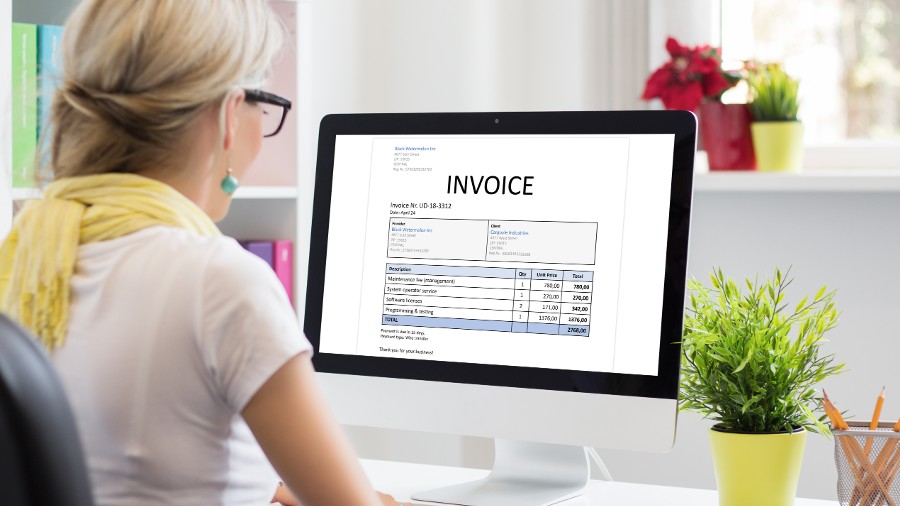How to use payment terms
Payment terms are essential when negotiating a contract. Payment terms should maximise how quickly your clients pay you and minimise inconvenience for your customer. A good set of payment terms should benefit both parties.
As you start to invoice customers, remember that your payment terms should match your business goals. Selecting appropriate payment terms is an important step toward building and maintaining a healthy business. Always include your payment terms on your invoices, but discuss them with your clients first.
Prepayment
You can require customers to pay in advance for services. Advance billing can improve your cash flow and reduce the risk of losing money. If you have a wedding photography business, for instance, you may want to avoid running the risk of cancellation. So you may want your customers to pay in full upfront. Some businesses offer discounts to customers who pay in full upfront.
50% upfront
You may choose to receive a partial payment of 50% of the total cost of a customer’s purchase. Partial payments can provide working capital you may need to complete a customer’s project. They may also benefit your customers by breaking up their costs into smaller payments. Smaller payments for your customers can benefit your business as well, in the form of increased sales and higher order value.
A 50% deposit may also be a compromise between businesses and customers when a customer is unable or unwilling to pay in full upfront. That way, both parties take on an equal risk. If you choose these terms, be sure to define when you’ll receive the remaining 50%.
Instalment agreements
You can also choose to accept partial payments through payment plans that break your customer’s payments into smaller instalments. As an example, you may choose to divide the customer’s total cost into a series of smaller monthly payments. Instalment agreements are similar to line-of-credit payment terms, except they’re cash-based.
Some companies split up big projects into milestones, and the customer pays upon each milestone. You may base instalment agreements on time—every three months, for example—or upon delivering a specific part of the project.
Lines of credit
Line-of-credit payment terms offer buyers credit toward the products and services they purchase. Customers can then repay the balance on the agreed payment schedule. Offering credit through your business comes with some risks, as the customer could default. Larger organisations typically use this type of customer financing.
Immediate payment refers to a transaction for which payment is due as soon as you deliver goods or services. Examples of immediate payment terms include “cash on delivery” (COD) or “payable upon receipt.” You may negotiate into the contract that you can repossess goods if the customer does not provide immediate payment.
Net 7, 10, 15, 30, 60, or 90
These terms refer to the number of days in which a payment is due. For instance, Net 30 (or N/30) means that a buyer must settle their account within 30 days of the date listed on the invoice. Using Net 30 terms, if you date your invoice 9 March, clients are responsible for submitting payment before 8 April.
Choosing net payment terms may inconvenience you as a business owner, as you’ll have expensed the entire project without receiving income. However, customers may prefer these terms. Try to find a period that works for both you and your client.
Subscriptions and retainers
Subscription and retainer payment terms require customers to pay regularly, such as monthly or annually. Typically, businesses on retainer agreements issue invoices to clients on a recurring basis. Automating invoicing for recurring payments can help.
Early payment
You can provide customers with an incentive to pay early. For example, consider offering a 5% discount if the customer pays the total balance in full before the due date. Early payments are a win-win. Customers receive a discount on your goods or services, and you’ll have enough capital to complete the project.



















